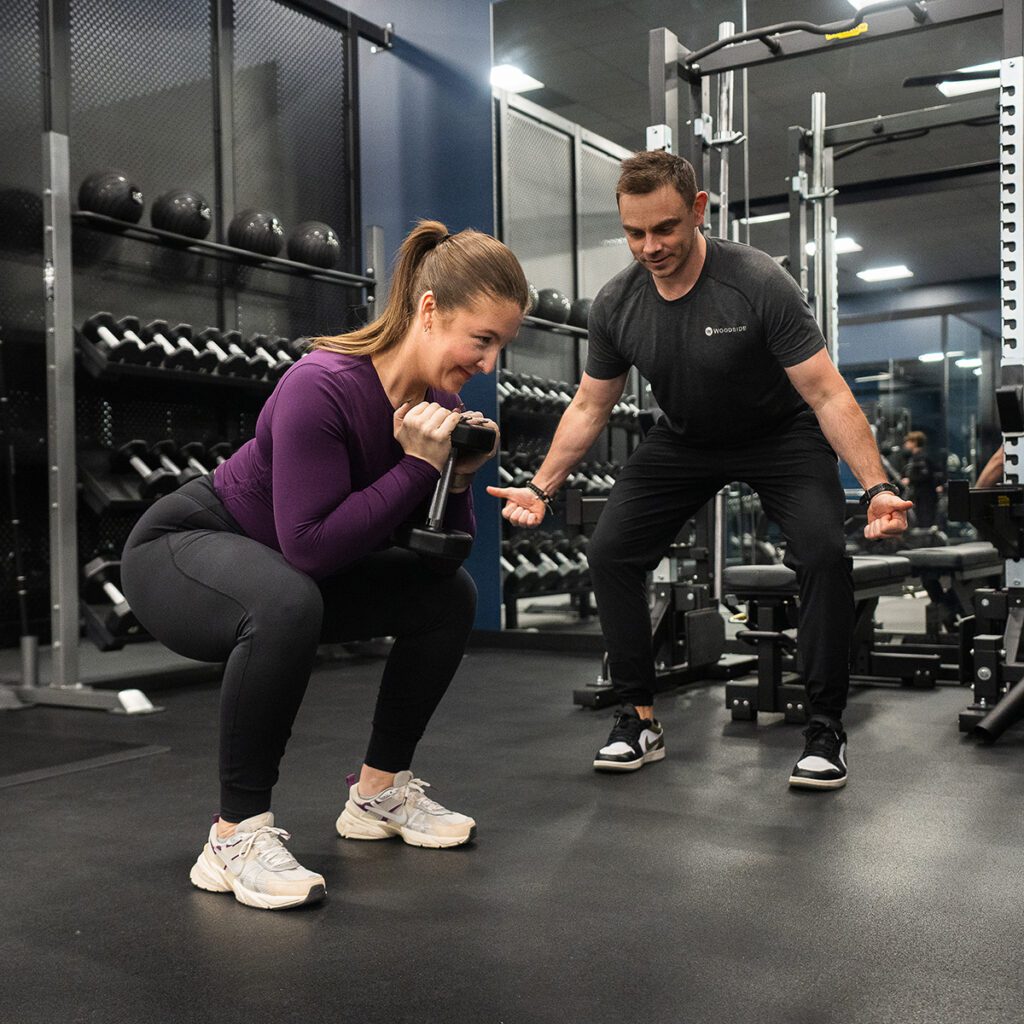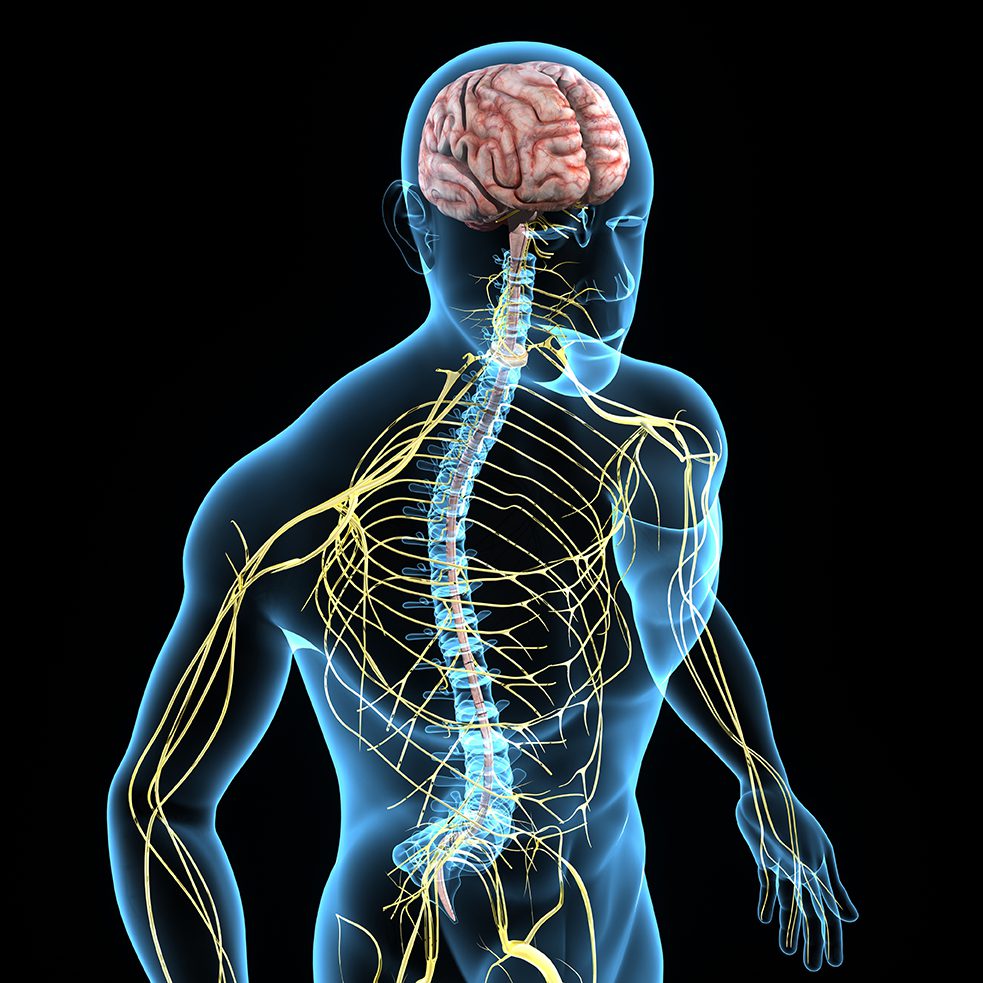WRITTEN BY WOODSIDE DIRECTOR OF TRAINING, JOHN BEANE
Understanding Heart Rate Variability (HRV) | Optimizing Recovery and Performance
As we delve deeper into the interconnectedness of training, recovery and performance, Heart Rate Variability (HRV) emerges as a valuable tool for those seeking a deeper understanding of their physiological state. Building on the principles of recovery we explored in our previous article, this piece unpacks the concept of HRV, its science and practical applications for your fitness and wellness journey.
Before we get started, I’d like to cover a key concept that will help answer a crucial question in regard to HRV: how should it influence our training decisions? The concept is managing preparedness versus readiness. The concepts of readiness and preparedness are essential for understanding how to optimize performance and recovery.

The state of readiness refers to your body’s immediate ability to perform, influenced by daily fluctuations in factors like sleep, stress, hydration and recovery. It provides a snapshot of your physiological and psychological condition, helping you determine whether you are primed for high-intensity activity or need to focus on recovery.
In contrast, the state of preparedness represents your long-term capacity to perform, built over time through consistent training, skill development and physiological adaptations. While readiness reflects the present moment, preparedness serves as the foundation for sustainable performance, ensuring you have the tools to meet future challenges.
These two states are interconnected, with preparedness enabling you to capitalize on periods of high readiness and readiness ensuring you can safely and effectively apply your preparedness in real-time. For example, a well-prepared individual who experiences low readiness due to poor sleep or high stress might risk injury or burnout by pushing through intense training. Conversely, someone with high readiness but inadequate preparedness may lack the foundation to sustain peak performance or handle increasing demands. By monitoring readiness with tools like HRV and focusing on building preparedness through structured programming and recovery, you can achieve a balanced approach that supports both immediate performance and long-term growth. HRV is certainly not the only metric that can influence our training decisions, but it is one that is at the forefront of the industry’s move toward data driven decisions. So, lets dive into HRV.
What Is HRV?
Heart Rate Variability, or HRV, refers to the variation in time between consecutive heartbeats, measured in milliseconds. Unlike a metronome’s steady tick, a healthy heart doesn’t beat at perfectly regular intervals. Instead, it varies in response to a host of internal and external factors, including stress, sleep, physical activity and even diet. This variability is an indicator of your autonomic nervous system (ANS) balance, specifically the interplay between the sympathetic (“fight or flight”) and parasympathetic (“rest and digest”) branches. A high HRV generally signifies a state of adaptability and resilience, while a low HRV may indicate strain or reduced recovery capacity.
HRV is like the check engine light on your car—it doesn’t tell you exactly what’s wrong, but it signals when something might need attention. Most people don’t think about their car’s engine performance until the light comes on, just like many don’t consider their body’s recovery or stress levels until something feels off. HRV works in the background, quietly reflecting how well your body is balancing stress and recovery. While it may not be as familiar as steps on a pedometer or heart rate during a workout, it provides critical insights that can prevent burnout and optimize performance, much like maintaining your car prevents costly breakdowns and keeps it running smoothly. The difference? You don’t need a mechanic, just the right tools and understanding to make adjustments when needed. HRV isn’t just a reflection of your heart’s rhythm; it’s a window into your body’s overall ability to manage stress and maintain balance. Understanding this metric can help fine-tune your approach to training, recovery and daily living.
The Physiology Behind HRV
HRV is governed by the autonomic nervous system, which regulates involuntary bodily functions like heart rate, respiration and digestion. The interplay between the sympathetic and parasympathetic systems creates the variability we measure.
The parasympathetic system, activated during rest and recovery, promotes bodily functions like digestion and tissue repair. This is where HRV tends to rise. On the other hand, the sympathetic system dominates during periods of stress or exertion, preparing the body for immediate action but suppressing recovery mechanisms, leading to lower HRV.

Higher HRV is often associated with better cardiovascular health, adaptability and a greater ability to manage stress. Conversely, persistently low HRV may indicate chronic stress, poor sleep or overtraining—factors that can negatively impact performance and overall well-being.
Why Track HRV?
Tracking HRV provides a comprehensive picture of your body’s readiness to perform, adapt and recover. Unlike traditional performance metrics, HRV offers real-time feedback on your physiological state, enabling more informed decisions about training intensity and recovery practices.
Key benefits of tracking HRV include:
- Adjusting Training Loads: Use HRV data to determine whether to push harder or focus on recovery on a given day.
- Preventing Overtraining: By monitoring trends, you can identify early signs of overtraining or burnout.
- Optimizing Recovery: Understand which recovery modalities (e.g., sleep, nutrition, active recovery) are most effective for you.
- Improving Overall Wellness: HRV tracking fosters awareness of how lifestyle factors like stress, sleep and hydration impact your physiology.
Interpreting Your HRV Data
Interpreting HRV isn’t about chasing the highest possible numbers but rather understanding the context and trends. For accurate insights, consider the following:
- Baseline HRV: Establish your personal baseline by tracking HRV consistently for at least 2-4 weeks under similar conditions. This baseline helps contextualize daily fluctuations.
- Trends Over Time: While day-to-day variability is normal, significant downward trends can indicate a need to adjust your training or recovery strategies.
- Subjective Metrics: Combine HRV readings with subjective data such as mood, energy levels and sleep quality. This holistic approach prevents over-reliance on a single metric.
- Daily Variability: A one-day drop in HRV doesn’t necessarily mean you’re overtrained; it could be influenced by factors like dehydration, lack of sleep or even a heavy meal.

Limitations of HRV
HRV is a valuable tool but not without its limitations. Factors that can skew readings include:
- Hydration Levels: Dehydration can lower HRV, even if your overall recovery is adequate.
- Illness or Inflammation: Both can temporarily suppress HRV.
- Time of Day: HRV tends to be highest in the morning; tracking at consistent times ensures more reliable comparisons.
- Device Accuracy: Not all HRV tracking devices provide equally precise data. Investing in a reliable device is critical. We’ll cover this a bit in the next section.
Reliable HRV Tracking Devices
Choosing a reliable device ensures accurate HRV readings. We don’t endorse any particular device, but the following options are worth consideration:
- Oura Ring: Offers a comprehensive approach to HRV and sleep tracking in a discreet, wearable format. Ideal for individuals looking for an all-in-one recovery tool.
- WHOOP Strap: Tailored for athletes, it provides in-depth recovery analytics, including strain scores and sleep performance.
- Polar H10 Chest Strap: Known for its precision, this device is favored by advanced users and researchers.
- Garmin Smartwatches: Many Garmin models include HRV tracking features integrated with other performance metrics.

Strategies to Improve HRV
Improving HRV requires consistent effort across various lifestyle domains. Here are a few evidence-based strategies that we believe can move the needle in the right direction:
- Optimize Sleep: Consistent sleep duration and quality are critical. Maintain a regular sleep schedule, minimize blue light exposure before bed and create a restful sleep environment.
- Manage Stress: Incorporate mindfulness practices like meditation or progressive muscle relaxation to balance the ANS.
- Nutrition and Hydration: Ensure adequate hydration and a diet rich in anti-inflammatory foods like leafy greens, berries and omega-3 fatty acids.
- Regular Physical Activity: Balance high-intensity sessions with low-intensity, restorative exercises like mobility work or walking to promote recovery.
- Breathwork: Controlled breathing techniques, such as box breathing or diaphragmatic breathing, can stimulate the parasympathetic nervous system and enhance HRV.
- Consistent Routine: A stable daily routine minimizes unnecessary stressors and helps regulate the ANS.
Conclusion
HRV offers a sophisticated yet accessible way to gauge your body’s recovery and performance potential. By understanding its underlying physiology, leveraging reliable tracking tools and implementing actionable strategies, you can enhance both short-term readiness and long-term resilience. If you’d like to dive deeper into the topic, experts like Joel Jamieson, Dr. Mike T. Nelson, and Dr. Andy Galpin provide invaluable insights into HRV’s role in fitness and performance. Their research and applications demonstrate how this metric can revolutionize your approach to recovery and training. Whether you’re an athlete striving for peak performance or someone seeking to optimize wellness, HRV is a tool worth exploring. Embrace its potential to guide your journey toward a healthier, more adaptive and high-performing self, but remember it is not the end all be all of the decision-making process. We’ll cover more tools you can use to manage your training in future articles, and it will be up to you to choose the ones that work best for you.
Our team of Trainers can help you work to explore your potential for improving your HRV. To learn more click here or email us.
